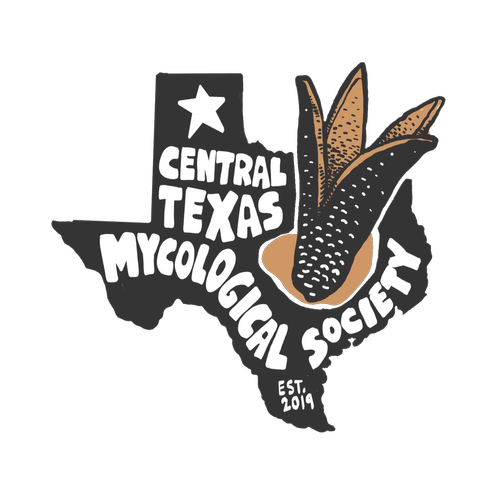Thursday, June 17, 2021, 7:00 PM CST
About the Presentation:
This talk will introduce the basis of wood degradation and emphasize the influence of exogenously added fungi on the development and stability of indigenous microbial communities. We will discuss the past, present, and future of Mycoremediation and the challenges of transitioning from the lab to the field.
Fungal activities are unique and indispensable in biogeochemical nutrient cycles and represent a genetic reservoir with enormous potential to restore and conserve stable functioning of ecosystems. Wood decay fungi, especially white-rot fungi, are the only known organisms which can degrade all components of wood cell walls, including lignin. Wood degradation products have an important function in formation of organic soil components and can positively influence the natural succession pattern.
The ligninolytic enzymatic system of white-rot fungi can, beside wood components, also transform and/or mineralize a wide spectrum of organic pollutants such as polyaromatic hydrocarbons (PAHs), agrochemicals, and toxic dyes. More than 1,500 species of white-rot fungi and also numerous other fungi (like brown rots and even mycorrhizal) represent a great potential for Mycoremediation, which has not yet been fully evaluated. It is essential to understand the basic processes involved in wood degradation and succession of organisms to adequately apply Mycoremediation principles, which are becoming more and more popular and are being extensively looked at as potential solutions for modern and future environmental problems.
About the Presenter:
Daniel Reyes is the founder of Myco Alliance and the Research Station at the Circle Acres Nature Preserve, as well as co-founder of CTMS. He is a hydrogeologist by training with a B.S. from The University of Texas at Austin currently doing research in Yucatan, Mexico on the degradative properties of white-rot fungi and their potential use in the remediation of contaminated water and soil. He is a big fan of low-tech home cultivation strategies, fermented food and drinks, and community science.

